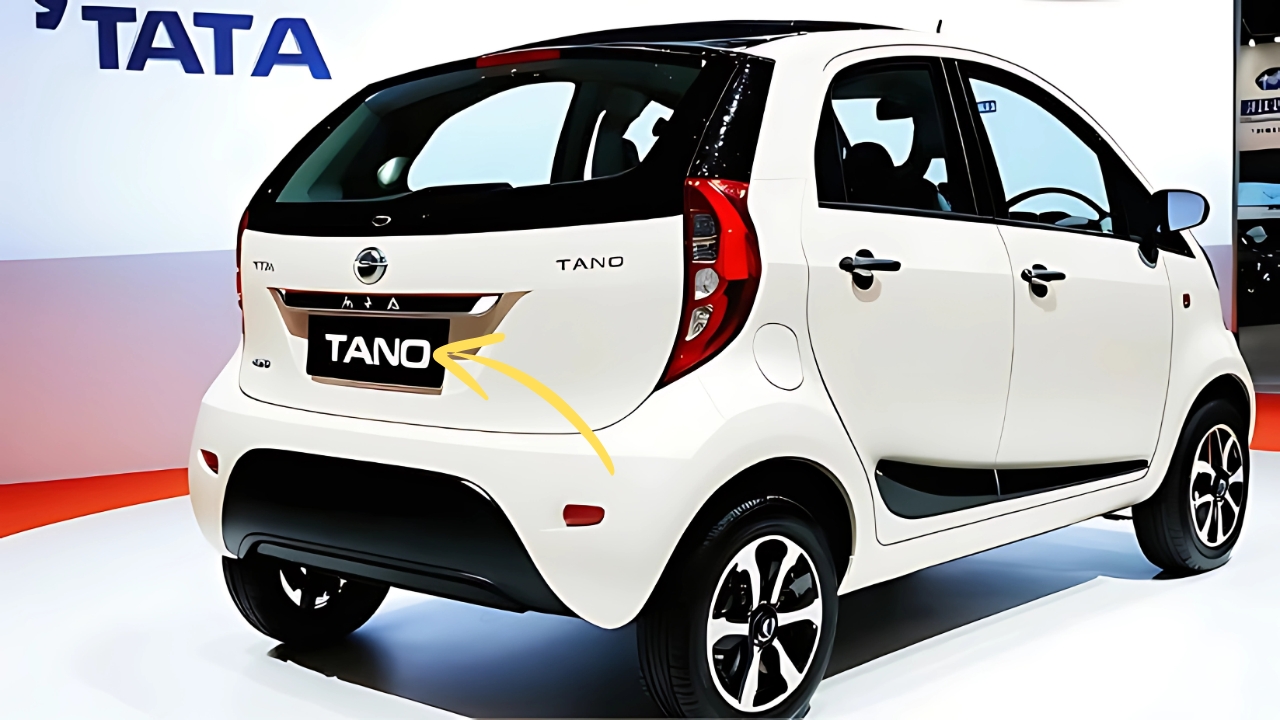In the annals of automotive history, few vehicles have captured global imagination quite like the Tata Nano.
Conceived by visionary industrialist Ratan Tata, the Nano was more than just a car – it was a bold statement about democratizing mobility, challenging established automotive paradigms, and bringing personal transportation within reach of millions of Indian families.
The Genesis of an Idea
The concept of the Nano was born during a rainy evening in Mumbai when Ratan Tata witnessed a family of four precariously balanced on a two-wheeler, struggling through traffic.
This poignant moment sparked a revolutionary thought: Could Tata Motors create a safe, affordable four-wheeler that could replace dangerous two-wheeler transportation?
In 2003, Ratan Tata publicly announced his vision of developing a car that would cost just ₹1 lakh (100,000 rupees), a price point that seemed impossible to most automotive experts.
Many dismissed the idea as a mere publicity stunt, but Tata was determined to transform this audacious dream into reality.
Engineering Marvel: Designing the Impossible
The development of the Nano was a testament to Indian engineering ingenuity. A dedicated team of engineers worked tirelessly to create a vehicle that could meet stringent safety standards while maintaining an incredibly low price point.
Innovative Design Principles
Key design considerations included:
Minimalist approach to reduce manufacturing costs
Lightweight materials
Simplified manufacturing processes
Compact dimensions
Efficient use of space
The rear-mounted, all-aluminum engine was a stroke of genius. By positioning the engine at the back, Tata reduced complex engineering requirements and significantly cut production costs. The compact 624cc two-cylinder engine was designed to deliver optimal fuel efficiency while providing adequate performance for urban driving.
Technical Specifications
Engine and Performance
Engine Type: Rear-mounted, 624cc, twin-cylinder
Power Output: 37 bhp
Transmission: 4-speed manual
Fuel Efficiency: Approximately 25 km/l
Top Speed: 105 km/h
Dimensions
Length: 3.1 meters
Width: 1.5 meters
Height: 1.6 meters
Ground Clearance: 180mm
Kerb Weight: 635 kg
Market Journey: Challenges and Perceptions
Despite the revolutionary concept, the Nano faced significant market challenges. The initial positioning as the “world’s cheapest car” became a double-edged sword.
While it attracted global media attention, it also created a perception of being a “cheap” product rather than an affordable, innovative solution.
Marketing Struggles
The Nano’s marketing journey was complex:
Initial massive media hype
Expectations of massive market disruption
Challenges in overcoming social stigma associated with low-cost products
Difficulty in positioning as an aspirational vehicle
Safety and Technological Features
Contrary to popular misconceptions, the Nano was designed with safety as a priority:
Reinforced body structure
Crumple zones
Seat belts
Basic safety features meeting international standards
Environmental Considerations
The Nano represented an early step towards sustainable, accessible mobility:
Low emissions
High fuel efficiency
Reduced environmental footprint compared to multiple two-wheelers
Potential for future electric variants
Cultural Impact
Beyond being a mere automobile, the Nano became a symbol of India’s economic aspirations. It represented:
Technological innovation
Democratization of mobility
Indian engineering capabilities
Potential for frugal engineering
Production and Discontinuation
Despite initial excitement, production challenges and market perceptions led to disappointing sales. Tata Motors officially discontinued the Nano in 2018, marking the end of an ambitious experiment.
Reasons for Discontinuation
Low sales volumes
Negative market perception
Shift in consumer preferences
High marketing and production costs
Legacy and Lessons
The Tata Nano’s true significance lies not in its commercial success, but in its revolutionary approach:
Proved that affordable mobility was possible
Inspired global discussions on low-cost manufacturing
Demonstrated Indian engineering capabilities
Challenged traditional automotive design thinking
Tata Nano : A Visionary Concept Ahead of Its Time
The Tata Nano was more than a car – it was a bold vision of inclusive mobility. While it might not have achieved commercial success, it successfully challenged global automotive thinking and demonstrated the potential of innovative, frugal engineering.
Ratan Tata’s dream of providing safe, affordable transportation to millions was noble, even if the market wasn’t immediately ready.
The Nano will be remembered as a courageous attempt to reimagine personal transportation, a symbol of Indian innovation and audacious thinking.
In the broader narrative of automotive history, the Tata Nano stands as a remarkable chapter – a reminder that true innovation often requires thinking beyond conventional boundaries, challenging established norms, and believing in the impossible.
